Archives
- 2025-11
- 2025-10
- 2025-09
- 2025-03
- 2025-02
- 2025-01
- 2024-12
- 2024-11
- 2024-10
- 2024-09
- 2024-08
- 2024-07
- 2024-06
- 2024-05
- 2024-04
- 2024-03
- 2024-02
- 2024-01
- 2023-12
- 2023-11
- 2023-10
- 2023-09
- 2023-08
- 2023-06
- 2023-05
- 2023-04
- 2023-03
- 2023-02
- 2023-01
- 2022-12
- 2022-11
- 2022-10
- 2022-09
- 2022-08
- 2022-07
- 2022-06
- 2022-05
- 2022-04
- 2022-03
- 2022-02
- 2022-01
- 2021-12
- 2021-11
- 2021-10
- 2021-09
- 2021-08
- 2021-07
- 2021-06
- 2021-05
- 2021-04
- 2021-03
- 2021-02
- 2021-01
- 2020-12
- 2020-11
- 2020-10
- 2020-09
- 2020-08
- 2020-07
- 2020-06
- 2020-05
- 2020-04
- 2020-03
- 2020-02
- 2020-01
- 2019-12
- 2019-11
- 2019-10
- 2019-09
- 2019-08
- 2019-07
- 2019-06
- 2019-05
- 2019-04
- 2018-07
-
In our previous study we found that the
2025-01-23
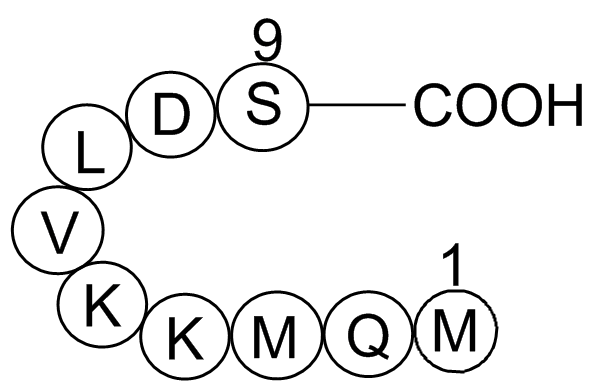
In our previous study we found that the total activity of aldehyde dehydrogenase in cancer 2'-deoxy-2'-fluoro-ATP of RCC is at the same level as in normal renal tissue [10]. These findings are similar to our results in serum patients with renal cancer. There is no significant difference between ALD
-
To examine whether the interaction between mGlu
2025-01-22
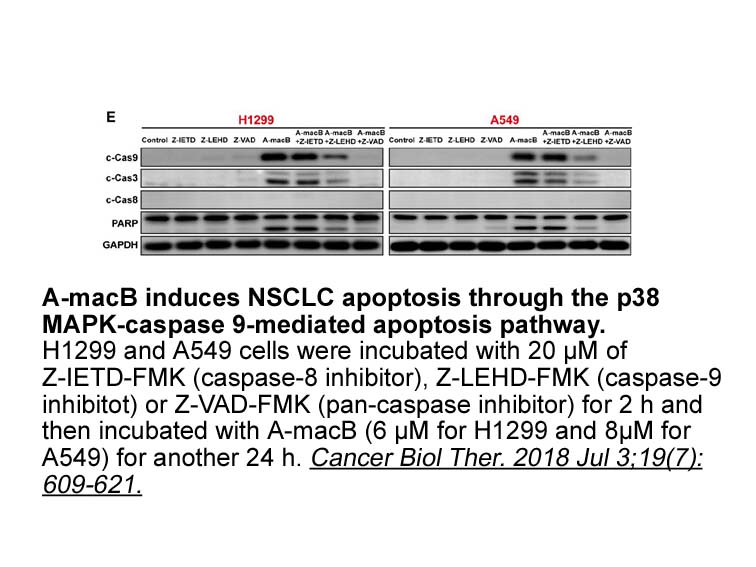
To examine whether the interaction between mGlu7 and α1-adrenergic receptors could be confirmed at a behavioural level, we performed the FST in mice. This test has value in predicting the antidepressant-like effect of drugs or environmental manipulations (Krishnan and Nestler, 2008, Krishnan and Nes
-
PJ 34 In our previous study adiponectin system genes and
2025-01-22
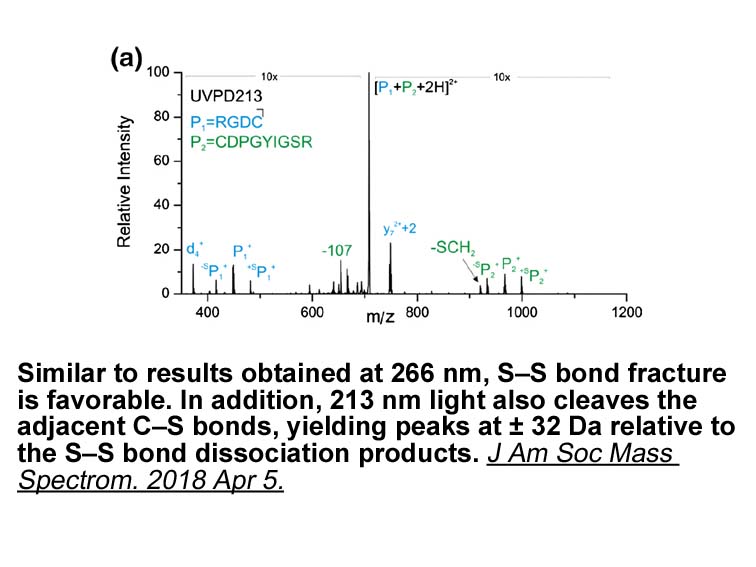
In our previous study, adiponectin system (genes and proteins) expression in the porcine endometrium and myometrium was observed on Days 2 to 3, 10 to 12, 14 to 16, and 17 to 19 of the estrous cycle [23]. Adiponectin receptors expression (mRNA) in the porcine endometrium was described by Lord et al
-
PC is considered as a cancer of the epigenome
2025-01-22
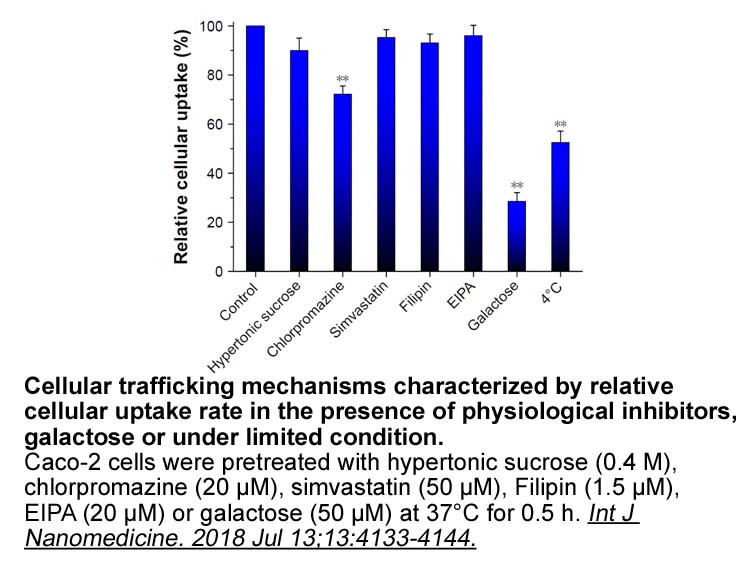
PC is considered as a cancer of the epigenome (Grasso et al., 2012, Robinson et al., 2015). Our results demonstrate that the interaction of AR with ACK1 drives the positive feedback epigenetic circuitry that is ultimately conducive to promote AR transcription. Further, this circuitry subjugates AR t
-
Normally the activity of the lyase increases with the onset
2025-01-22
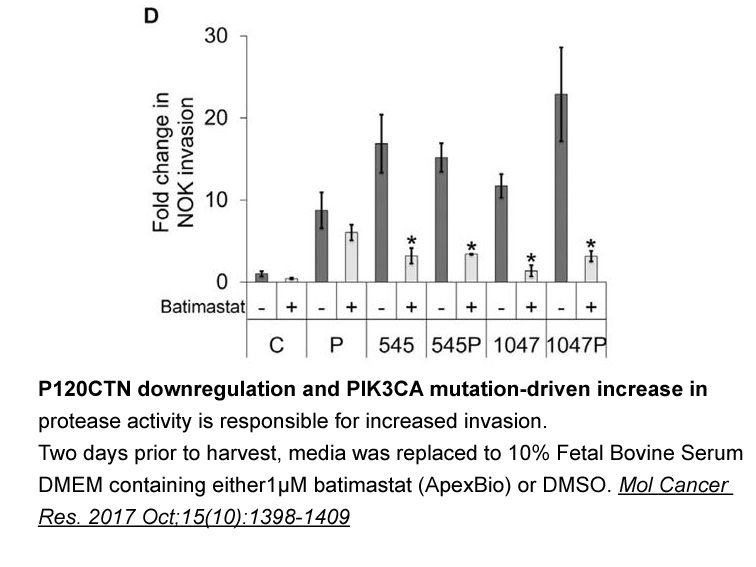
Normally, the activity of the 17,20-lyase increases with the onset of adrenarche [7], [8], [15]. Adrenarche has previously been perceived as a relatively sudden event, occurring physiologically between 6 and 8years of age. However, results from our laboratory clearly indicated that adrenarche is a c
-
Prostate cancer is the second
2025-01-22
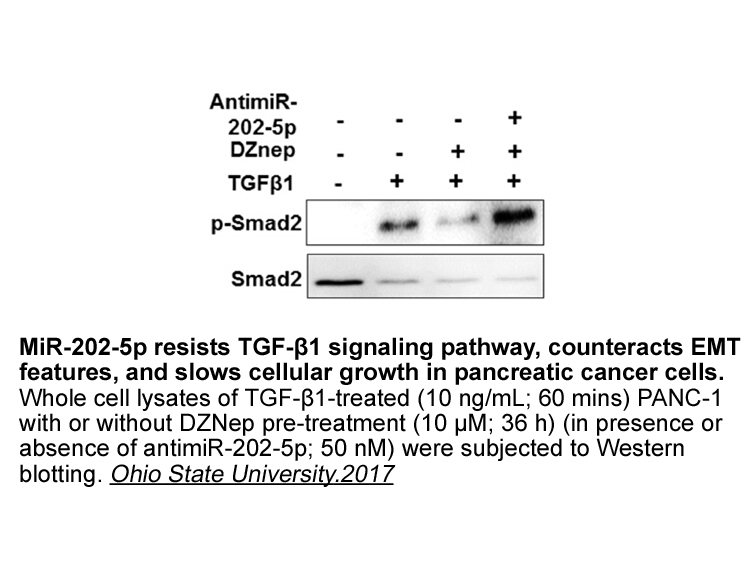
Prostate cancer is the second leading cause of cancer-related death in men in the United States [25]. Similar to pancreatic cancer, prostate cancer has few diagnostic options available, particularly to differentiate indolent from aggressive disease. Axl is also overexpressed in ∼50% of prostate canc
-
Of note core autophagy factors also
2025-01-22
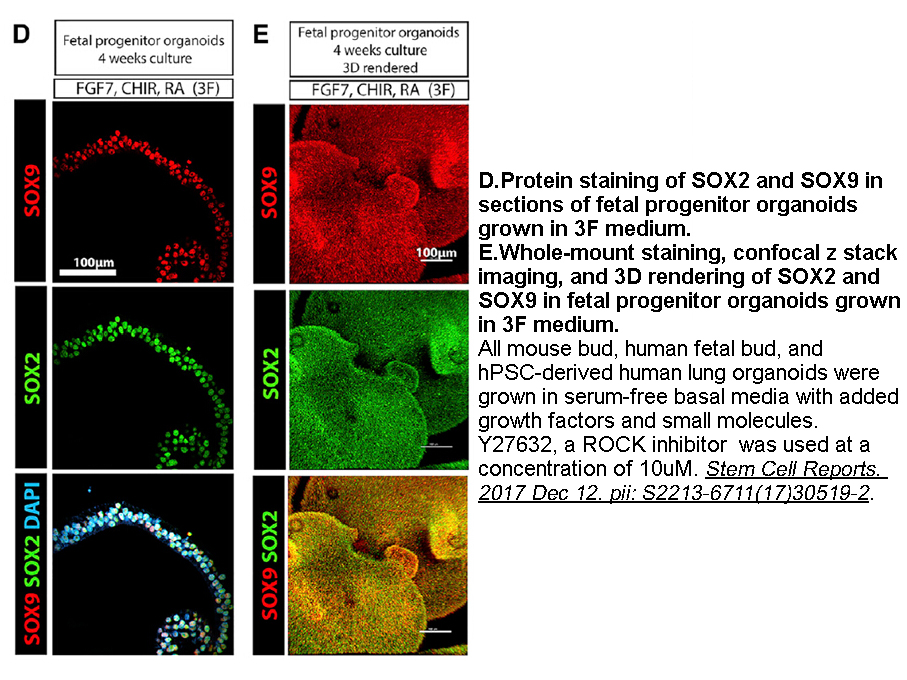
Of note, core autophagy factors also play an important role during the infection of host cells by another type of picornavirus, namely, echovirus 7. ATG16L1 was found necessary for entry/internalization into Caco-2 polarized epithelial cells because the virus accumulated on the surface of ATG16L1-d
-
In plants altered expression of Aurora kinases results
2025-01-22
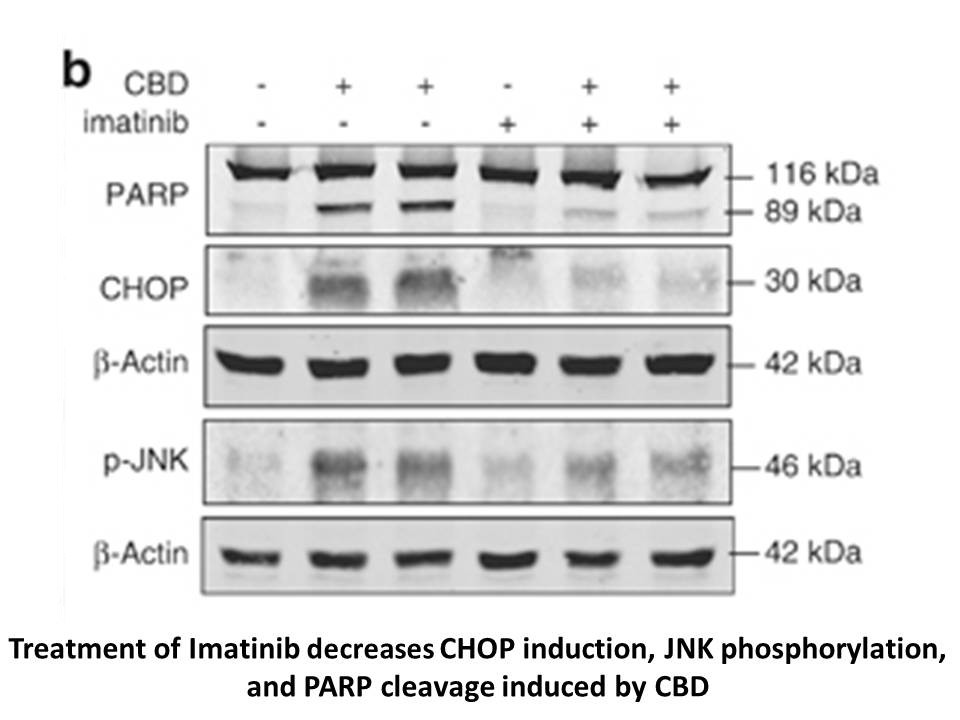
In plants, altered expression of Aurora kinases results in impaired meiotic divisions followed by the formation of aneuploid or polyploid progenies [21]. This observation is interesting from an evolutionary point of view because it can be assumed that, during evolution, the influence of biotic and a
-
On the other hand key enzymes also involved
2025-01-22
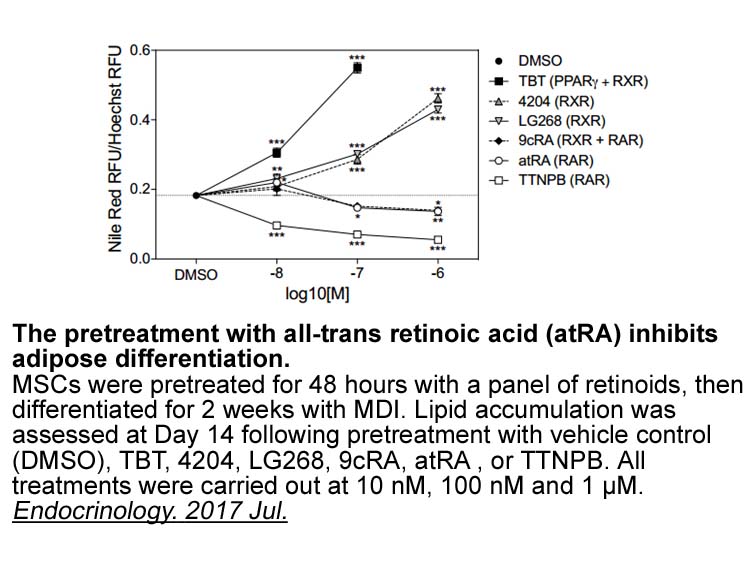
On the other hand, key 3,4-DAA synthesis also involved in NO metabolism are nNOS and eNOS. Apparently, during acute ischemia, eNOS activity and NO concentration surge for a short period of time (Schulz et al., 2004) but eventually the expression and activity of the synthase and consequently NO conc
-
br Materials and methods br Results
2025-01-22
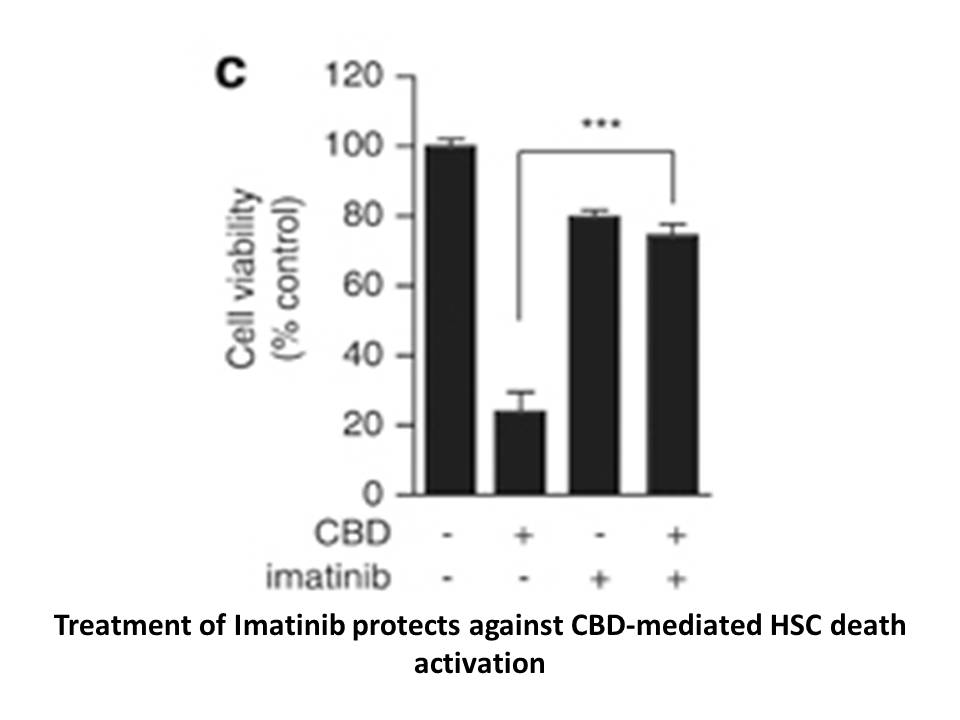
Materials and methods Results Discussion Japanese encephalitis caused by JEV is characterized by Oxidative stress biomarker neuron death. However, the underlying mechanism is not fully understood. We and other researchers have demonstrated that JEV induces apoptosis by ER stress-mediated I
-
Hepatic inflammation and fibrosis are hallmarks of
2025-01-21
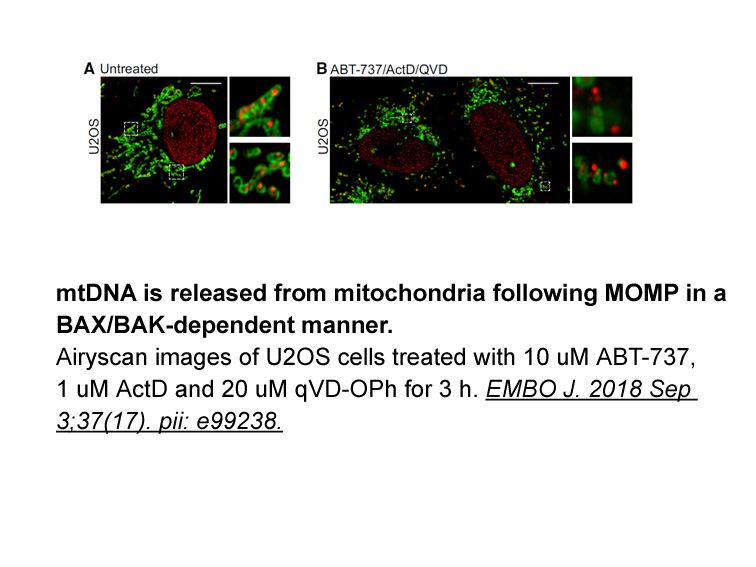
Hepatic 832 582 4016 and fibrosis are hallmarks of the NASH phenotype and are thought to occur in a subset of patients with NAFLD. While it is hypothesized that therapeutic lowering of hepatic lipids will be sufficient to improve hepatic fibrosis and inflammation secondarily, this remains controver
-
jak stat pathway br Experimental procedures br Results br
2025-01-21
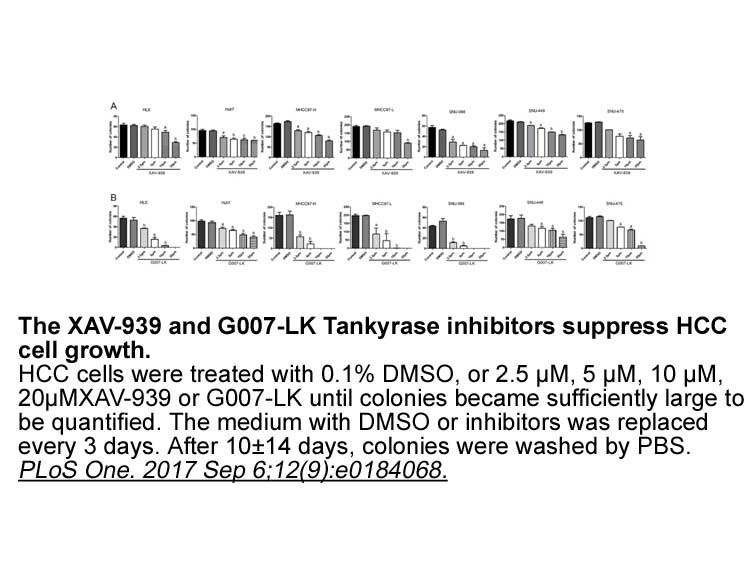
Experimental procedures Results Discussion Acknowledgments SRE and EBL contributed equally to this jak stat pathway work. SRE, EBL, and MJT designed experiments, SRE, EBL, MCH, and AEI conducted experiments, SRE and EBL analyzed data, and EBL and MJT wrote the manuscript. We would like t
-
Most of the modifications in the
2025-01-21
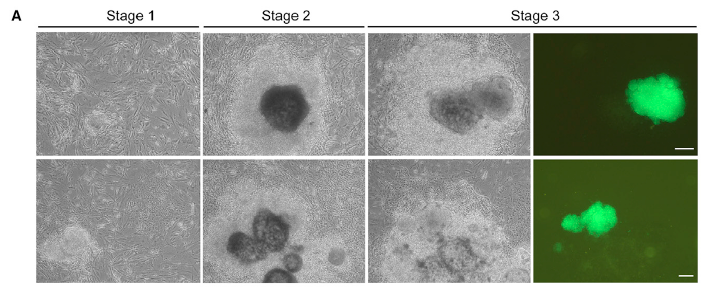
Most of the modifications in the sympathetic nervous system occurring with aging, including decreased βAR responsiveness, increased circulating catecholamines, and overall hyposensitivity to adrenergic stress, are also observed in patients with failing hearts. Moreover, young people are more reactiv
-
We aim to evaluate the AK in regulating adenosine
2025-01-21
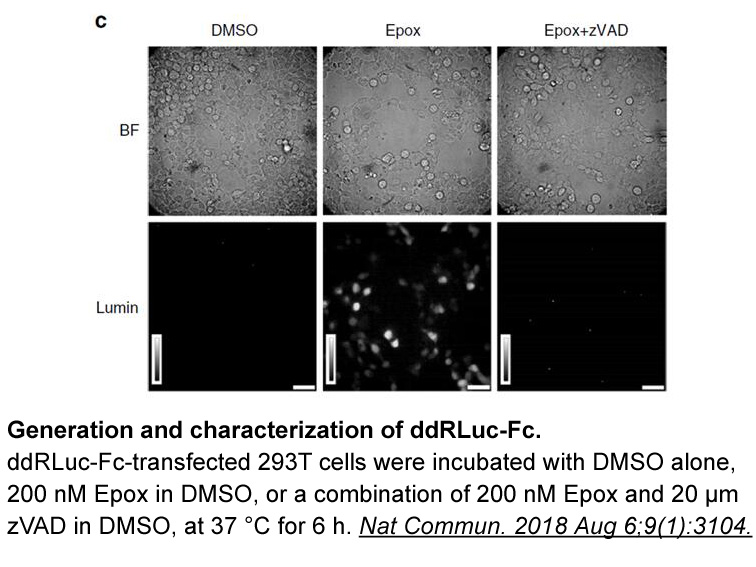
We aim to evaluate the AK in regulating adenosine signaling in the retina. It was reported that the degree of cholesterol absorption inhibitors injury directly depends on expression levels of AK and the resulting extracellular levels of adenosine (Boison, 2006). Indeed, transgenic mice overexpressi
-
Introduction The cytoskeleton allows cells to establish main
2025-01-21
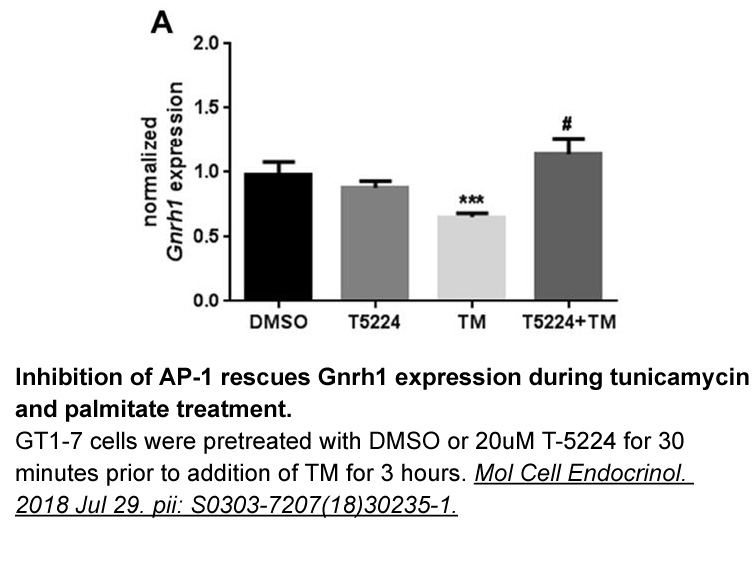
Introduction The cytoskeleton allows cells to establish, maintain and transform their shape. In neurons, these include cell differentiation, migration, polarization and development of their unique arborization. Axons are very thin (~1 μm), long (up to 1m) and highly branched (>95% of the plasma mem
15352 records 22/1024 page Previous Next First page 上5页 2122232425 下5页 Last page